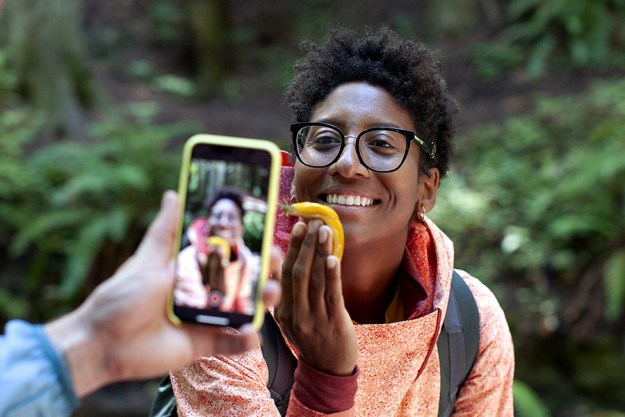
Facebook is sending weekly data reports to ABC, NBC, Fox, and CBS to showcase how users discuss television on the social network. The reports will break down how shows fared as topics of conversation, measuring how many likes, shares, and comments are associated with each program. According to the Wall Street Journal, Facebook calculates how often a show is mentioned by making a catalog of key words for each program and monitoring their use. These reports won’t be made available to the public, but even if they’re incredibly insightful tools, they are a bald attempt to convince networks that Facebook functions as a digital water cooler.
This isn’t Facebook’s first attempt to convince broadcast media of its value; earlier this year, the company introduced two media tools to a select group of partners, including CNN and Buzzfeed. This data sharing is yet another baby step the company is taking to catch up to Twitter as a second screen.
The problem with this strategy is that everyone knows Twitter is the place for real time conversation about cultural events – not Facebook.
Facebook has a much larger user base than Twitter (or any other social network) but it does not facilitate the kind of second screen experience Twitter does when it comes to television. And Twitter will continue to be the dominant place to discuss cultural events unless Facebook changes several things. Facebook needs to fix News Feed if it’s going to woo fans to have up-to-the-minute conversations through their posts. Twitter lets users either see everything the people they follow are saying as they say it, or it allows people to select a hashtag or keyword to follow, or keep an eye on a particular list of users. Facebook’s News Feed doesn’t refresh itself in the same timely manner, and it doesn’t show every update friends post — it “surfaces” posts in a haphazard and frustrating way.
Facebook introduced hashtags, but they haven’t caught on. Users will get a paltry set of results if they try to follow their favorite show via hashtags on Facebook. In fact, a recent study found that using hashtags on Facebook makes it less likely that others will engage with your updates.
And while Facebook allows users to create specific groups of friends, because Facebook friends are usually just people you know in real life and not Twitter users with a specific set of skills, it’s less likely someone could create a functional group on Facebook of Breaking Bad critics in the same way a user can on Twitter. Crafting a list of top critics on Twitter is easy; just search for recappers from The AV Club or Entertainment Weekly and pull together a group. Maybe even include your friend Megan in there too, since she always has something pithy to say about Jesse Pinkman. It’s your list, you can do what you want.
Try the same thing on Facebook and it’s a mess. Only some of the major culture writers have public pages, and an even bigger segment do not bother cross-posting their observations onto Facebook. You could, I suppose, create a list of your friends who watch the show. But that’s not nearly as fun as creating a stream that features the best thinkers on the topic as well as your buds. And the same problem holds for NFL fans, Pretty Little Liars devotees, and awards show obsessives: The conversation is happening on Twitter, not Facebook.
Facebook can continue to dangle the tastiest data carrots in front of networks, but until it figures out how to get is users conversing in the same way they already do on Twitter, it will never be as appealing a second screen as the micro-blogging network.
Don’t worry about this latest stunt encouraging more ads in your News Feed — even if Facebook successfully suckers the networks into thinking it’s a good place to promote a second screen experience, the social network is enacting new policies to stop irrelevant ads. That doesn’t mean you’ll be seeing less ads overall — and video ads are still on their way — but the new policy may reduce the amount of ads that have nothing to do with users’ interests from popping up on the page.
Editors' Recommendations
- Facebook will stop accepting new political ads in the week before Election Day
- Facebook, Google, Microsoft, and Twitter team up to fight election interference
- Facebook ad boycotters to Congress: Don’t let Zuckerberg off easy
